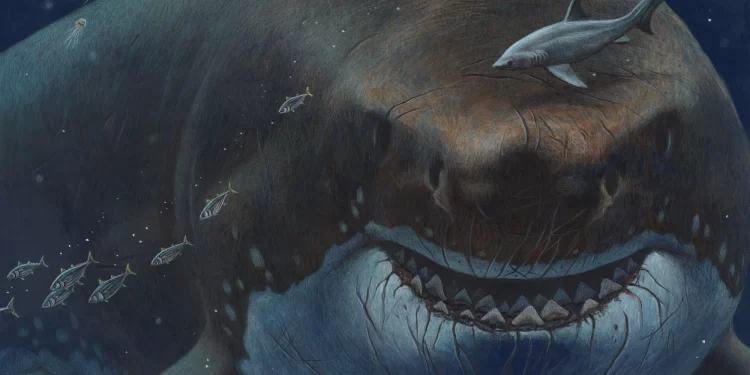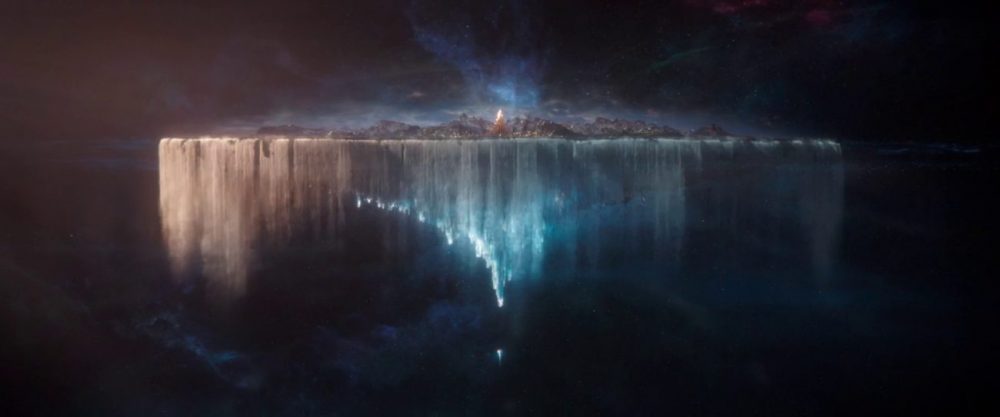Diving Deeper into Megalodon Mysteries
The Megalodon, an enormous prehistoric shark that once ruled the world’s oceans, has long captivated scientists, historians, and the general public. While its immense size and powerful bite are well-known, there are many lesser-known aspects of this ancient predator that remain shrouded in mystery. This article will delve into some intriguing, lesser-known facts about the gigantic shark, shedding new light on this extraordinary marine creature.
While the Megalodon’s massive, serrated teeth are famous for their size and cutting ability, few people are aware of their unique arrangement. The Megalodon had five rows of teeth in its jaw, allowing it to replace damaged or lost teeth easily. This dental arrangement ensured that the Megalodon always had a functional set of teeth, enabling it to maintain its position as a top predator.
Nursery Areas – The Crucial Role of Megalodon Breeding Grounds
Like modern sharks, the Megalodon established nursery areas to rear their young. Fossil evidence suggests that these areas were typically located in shallow coastal waters, providing protection from predators and abundant food sources for the growing Megalodon pups. The discovery of these nursery areas has provided valuable insights into the Megalodon’s reproductive habits and life cycle.
Ancient Ancestors – Tracing the Origins of a Giant Predator
The Megalodon is part of the Otodontidae family of sharks, which has a long and fascinating evolutionary history. This lineage can be traced back over 60 million years and includes several other large, predatory sharks, such as the Carcharocles angustidens and Carcharocles chubutensis. Understanding the evolutionary relationships between the massive shark and its ancestors helps scientists piece together the complex story of the rise and fall of these formidable marine predators.
The Social Life of Megalodons – Solitary Hunters or Collaborative Predators?
The social behavior of Megalodons remains a topic of debate among scientists. While some experts believe that these ancient sharks were solitary hunters, others propose that they may have exhibited more complex social behaviors, such as hunting in groups or forming loose social structures. Studying the social lives of Megalodons can provide valuable insights into their hunting strategies, communication, and overall behavior.
Sightings – Debunking Modern-Day Myths and Legends
Despite its extinction millions of years ago, the massive shark has continued to capture the public’s imagination, with numerous alleged sightings and tales of encounters with these monstrous sharks. While there is no scientific evidence to support the existence of Megalodons in modern times, these stories highlight the enduring fascination and mystique surrounding this legendary creature.
The Enduring Allure of the Megalodon
With its colossal size, unique dental arrangements, and intriguing evolutionary history, the Megalodon remains an enduring source of fascination for scientists and the public alike. As we unravel the mysteries surrounding this ancient behemoth, its allure grows stronger. The Megalodon’s story serves as a reminder of the incredible power and diversity of the creatures that once inhabited our planet’s oceans, inspiring curiosity and a deeper appreciation for the natural world.
PLEASE READ: Have something to add? Visit Curiosmos on Facebook. Join the discussion in our mobile Telegram group. Also, follow us on Google News. Interesting in history, mysteries, and more? Visit Ancient Library’s Telegram group and become part of an exclusive group.











